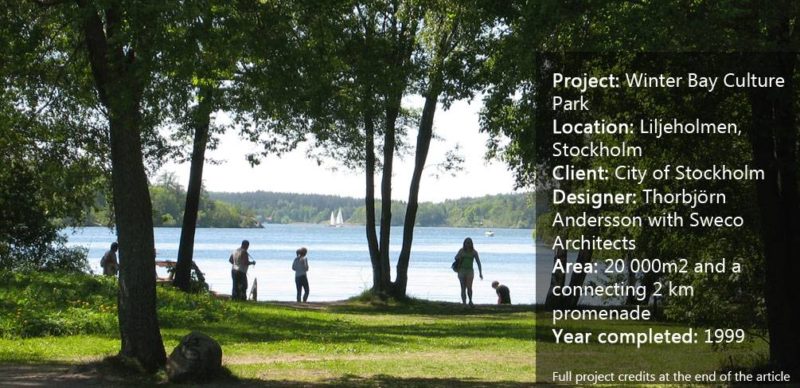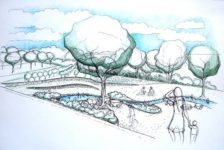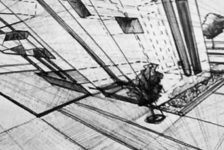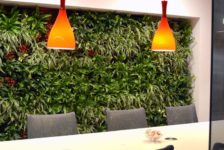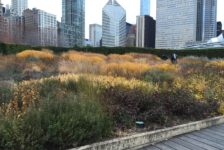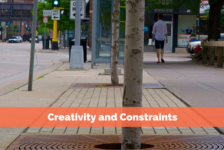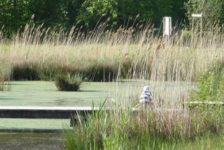Winter Bay Culture Park, by Thorbjörn Andersson with Sweco Architects, in Liljeholmen, Stockholm. We all know world-famous Alfred Nobel, the Swedish chemist, engineer, innovator, and inventor of dynamite and Nobel Prize. Perhaps you wonder, what relation can there be between Alfred Nobel and a landscaping project? In this article, we take a closer look at Winter Bay – the place where Alfred Nobel established his factory and research lab, in which he invented an enormous revolution for armaments and explosive manufacturing, dynamite. How is Nobel related to the project we are about to discuss and how did the history of his life and work affect the design solution of Winter Bay Culture Park? To answer these questions, we’ll take a journey looking back on the past, then we’ll get to the present and finally, we will glance to the future of Winter Bay.
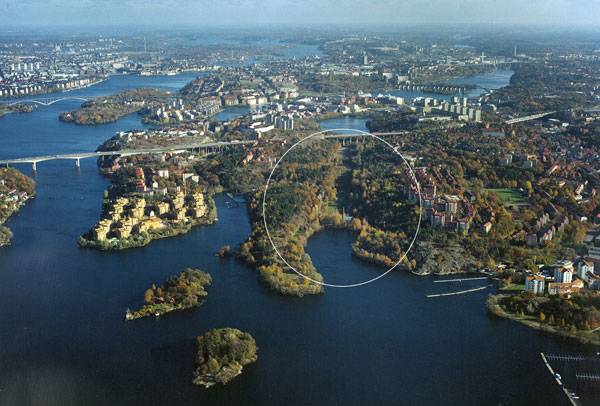
Winter Bay Culture Park. Photo courtesy of Thorbjörn Andersson
Winter Bay Culture Park
History of Winter Bay: Why did Nobel choose that place for his factory? Winter Bay is at the Mälaren lake in southern Stockholm. It is located in a valley surrounded by the Gröndal and Aspudden suburbs. In 1865, Nobel bought the whole area of Winter Bay. Being surrounded by high cliffs as protection in case of accidents, it turned out that the place is very suitable for Alfred’s dangerous work and is much safer than the previous highly populated area in Stockholm. Other Articles Featuring Thorbjörn Andersson:
- Sjövikstorget Square: Traditional Techniques in Modern Landscape Architecture
- How Umeå Campus Park is Closing the Gap Between Work and Nature
- Discover the Ancient Secrets of the Physic Garden
In time, Alfred developed the whole place as he constructed a local railroad, a harbour, testing tunnels for exploring dynamite and houses for his workers. The manufacturing of dynamite didn’t stop until 1921, but Nobel’s factory continued to work until the 1980s.
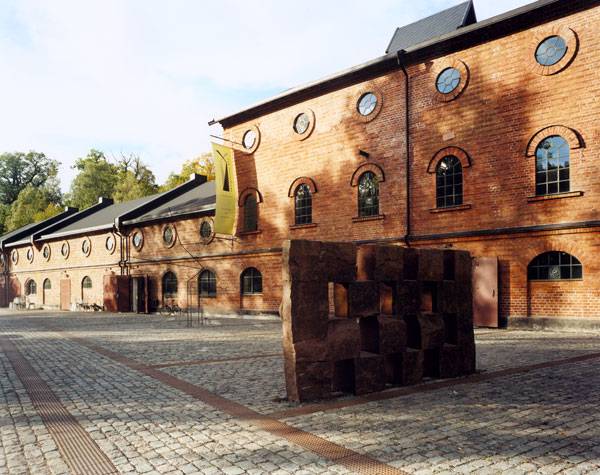
Winter Bay Culture Park. Photo courtesy of Thorbjörn Andersson
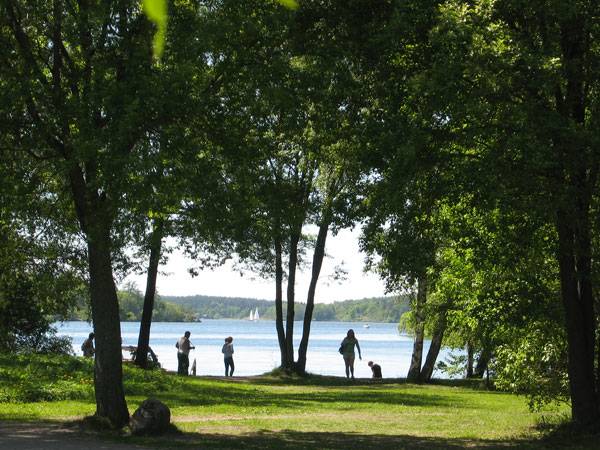
Winter Bay Culture Park. Photo courtesy of Thorbjörn Andersson
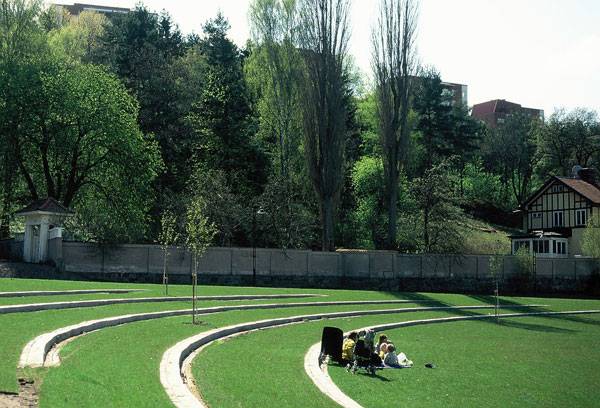
Winter Bay Culture Park. Photo courtesy of Thorbjörn Andersson
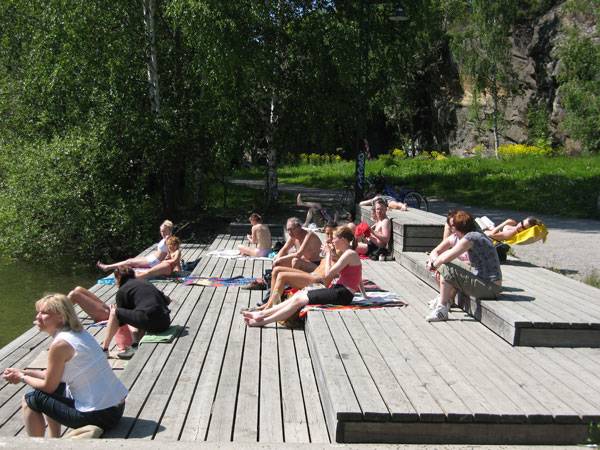
Winter Bay Culture Park. Photo courtesy of Thorbjörn Andersson
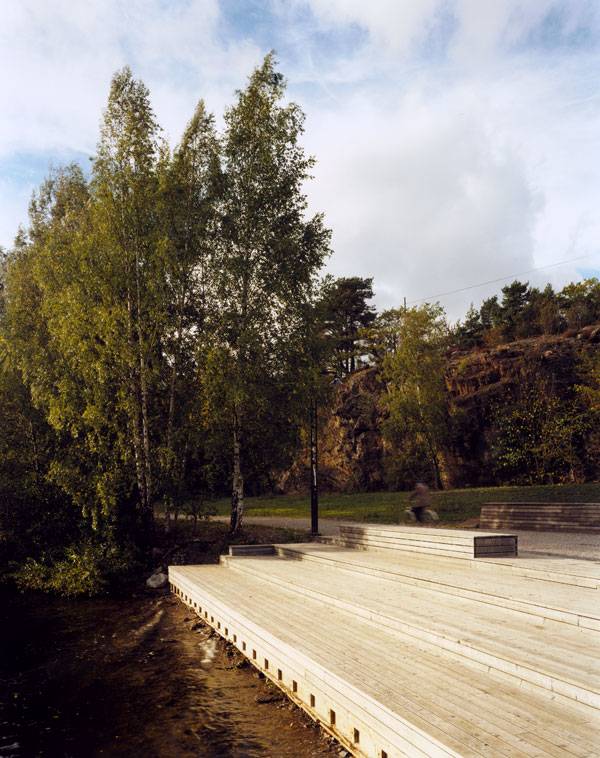
Winter Bay Culture Park. Photo courtesy of Thorbjörn Andersson
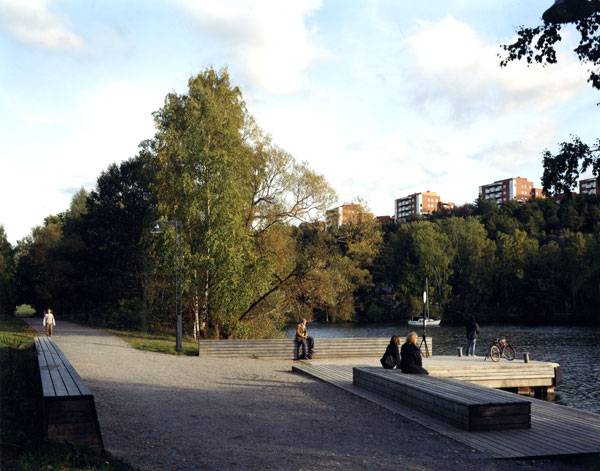
Winter Bay Culture Park. Photo courtesy of Thorbjörn Andersson
Full Project Credits for Winter Bay Culture Park:
Project name: Vinterviken Culture Park (Winter Bay Culture Park) Location: Liljeholmen, Stockholm Client: City of Stockholm Designer: Thorbjörn Andersson with Sweco Architects Project team: Clotte Frank, Anders Lidström, Johan Paju Area: 20 000m2 and a connecting 2 km promenade Year completed: 1999
Recommended Reading:
- Landscape Architecture: An Introduction by Robert Holden
- Landscape Architecture, Fifth Edition: A Manual of Environmental Planning and Design by Barry Starke
Article by Velislava Valcheva
Published in Blog


